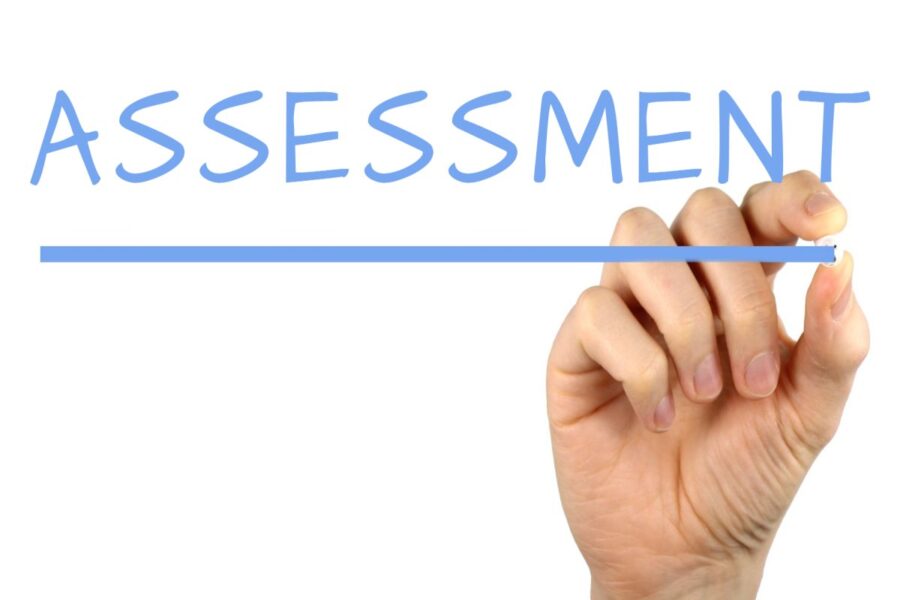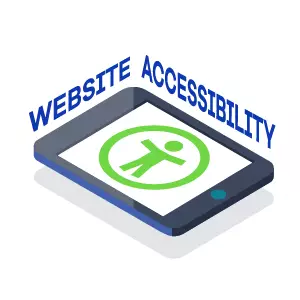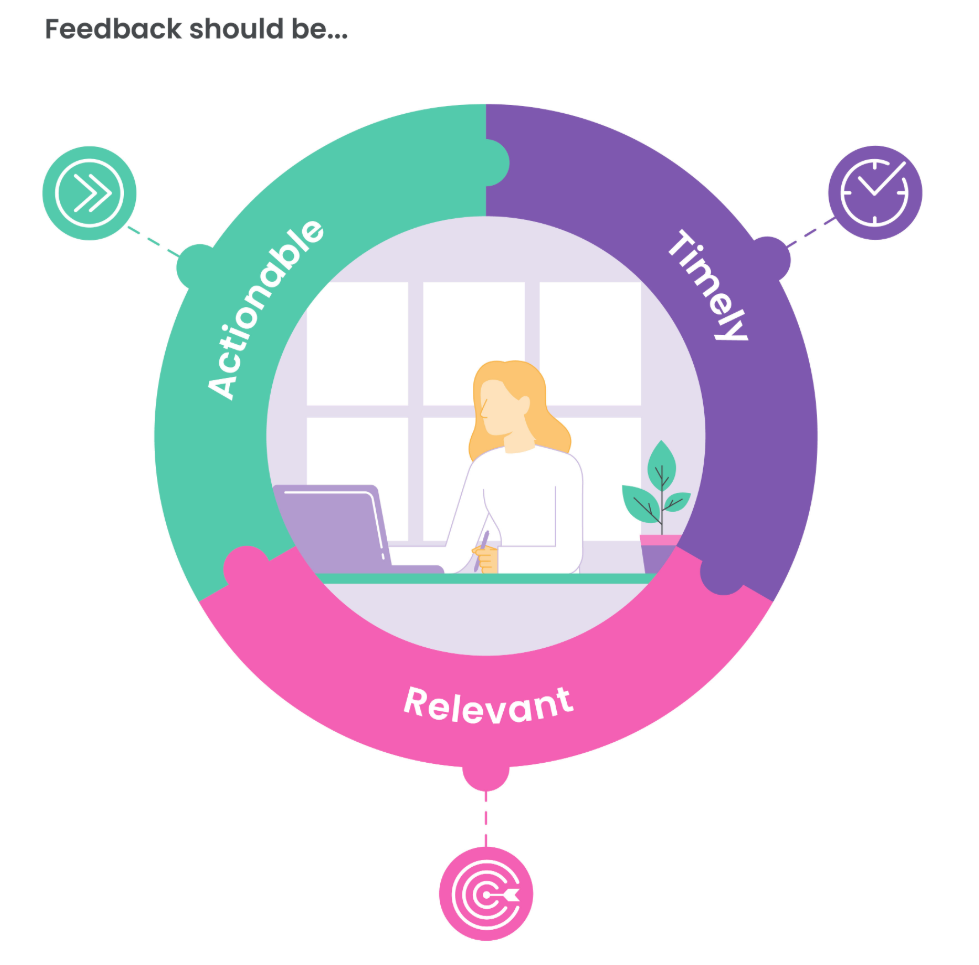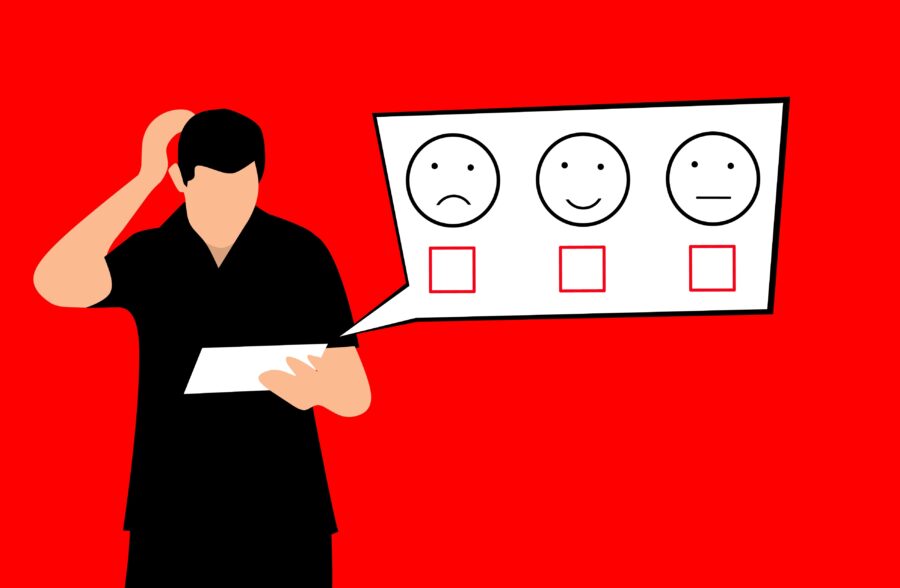What is the purpose of assessment?
I had not thought of it this way, but there are two different purposes to academic assesment:
- Organisational Assurance: do the students know what we think they should know, and do they know it at a ‘masterful’ level?
- Student-Centred Assessment: do the students themselves know what they do and don’t know?
These two aims may sometimes conflict and need to be balanced. An over-emphasis on organisational assurance could negatively impact on transactional distance, while an over-emphasis on the student-centred learning, might detract from engaged learning communities and engaged online teaching.
On the other hand, good digital assessments can have a positive effect on student motivation, achievement, and engagement, by encouraging the students to develop more robust self-regulatory approaches to learning.
We are reminded that The Manifesto for Teaching Online tells us,
“A digital assignment can live on. It can be iterative, public, risky, and multi-voiced,”
and so we are encouraged to create assessment practices that bring to life the regulations of the university (2019) in innovative ways (what?).
In practice, that means we should be creating assessments that:
- are beneficial to both the student and the programme
- actively foster learning
- are fair, reliable and valid
- are secure and transparent
- are linked to an authentic context
Authenticity in Assessment
Authentic assessments would be task-based, requiring students to demonstrate practices, behaviours, and skills that are relevant to professional practitioners in their intended fields.
For example, authentic assessments could include practice-based projects to apply domain specific concepts, organisational scenarios, and even mock consultancies for organisations.
References and Links
- Bettley, A., & Horrocks, I. (2018). Emergent Versus Planned Assessment and Tuition Strategies for Online Postgraduate Teaching of Technology and Innovation Management at the Open University, UK. In On the Line (pp. 55-73). Springer, Cham.
- Hatziapostoulou T. & Paraskakis I. (2010). Enhancing the impact of formative feedback on student learning through an online feedback system. Electronic Journal of e-Learning, 8, 11–122.
- Ibabe I., & Jauregizar J. (2010). Online self-assessment with feedback and metacognitive knowledge. Higher Education, 59, 243–258. doi:10.1007/s10734-009-9245-6.
- Moore, M. G. (2013). The Theory of Transactional Distance. In Handbook of distance education (84-103). London: Routledge.
- University of Edinburgh (2019). Taught Assessment Regulations Academic Year 2018/19. Available: https://www.ed.ac.uk/files/atoms/files/taughtassessmentregulations.pdf
- The Manifesto for Teaching Online













